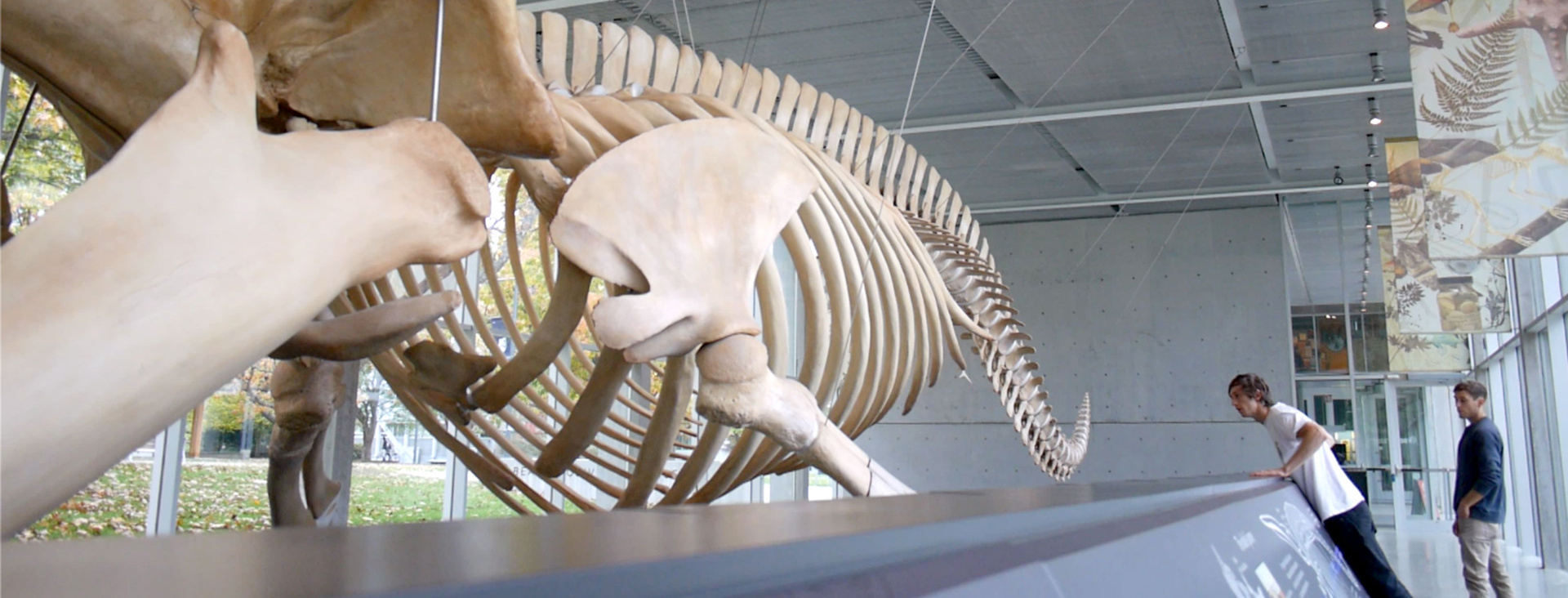

The Beaty Biodiversity Museum is home to one of them.
Canada’s largest, a magnificent specimen that consisting of more than 1,000 bones that perfectly illustrates the interconnectedness of all living things.
In 2018, we had the opportunity to n British Columbia, Canada, James came out to join me for a conservation research trip. First stop, Vancouvers Beaty Biodiversity Museum.
On entry, we cannot help but look in awe at the museum’s most prominent display; a 25 metre-long (82-foot) skeleton of a female blue whale, suspended from the Museum’s ceiling in the centre of the main atrium.
After circling the epic anatomy of the whale from an eye-level view, taking it in from both sides, we circle down to the bottom floor where we can look up at it from directly below.
We talk in length with the young and friendly museum guide who shares his knowledge about ‘Big Blue’, her untimely death, and the fascinating story how the skeleton ended up on display here.
Blue whales rarely strand on beaches, and very few skeletons have ever been recovered for research or display. Big Blue’s journey to the museum required bringing the skeleton from the coast of Prince Edward Island 6000 km away, a challenging project to say the least.
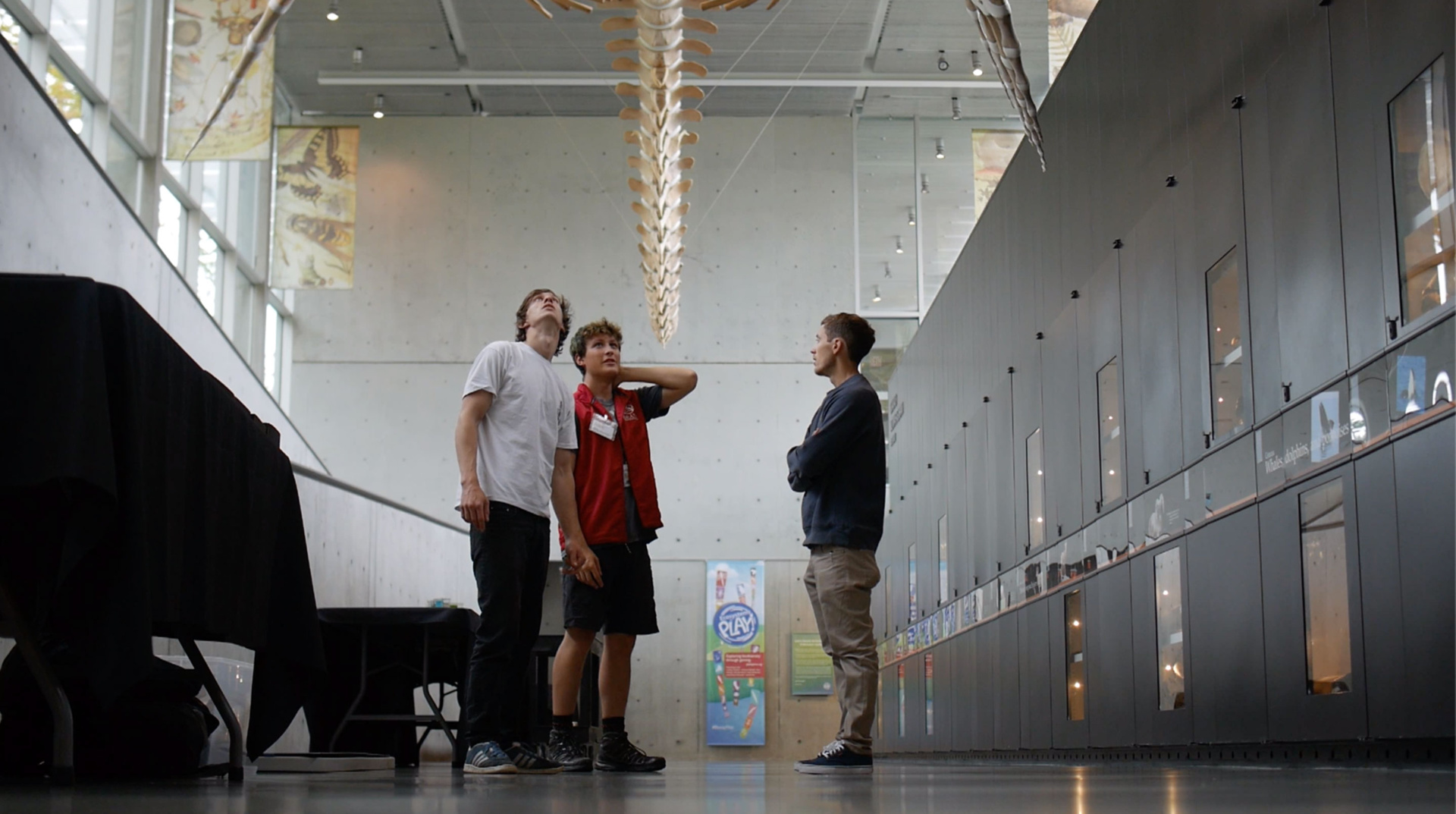
We take the ramp down, leading down to the main collections. The walls of the museum are peppered with photographs of magnified microorganisms. The items in the cabinets are accompanied by interesting factoids and details about the diversity of living creatures of both the past and present. To our delight, we pass a sign stating that that the museum has been awarded the ‘Best Collection of Weird Things in Drawers’.
We slow down and let curiosity curate our experience as we discovered the 2.1 million plants and animals housed here.
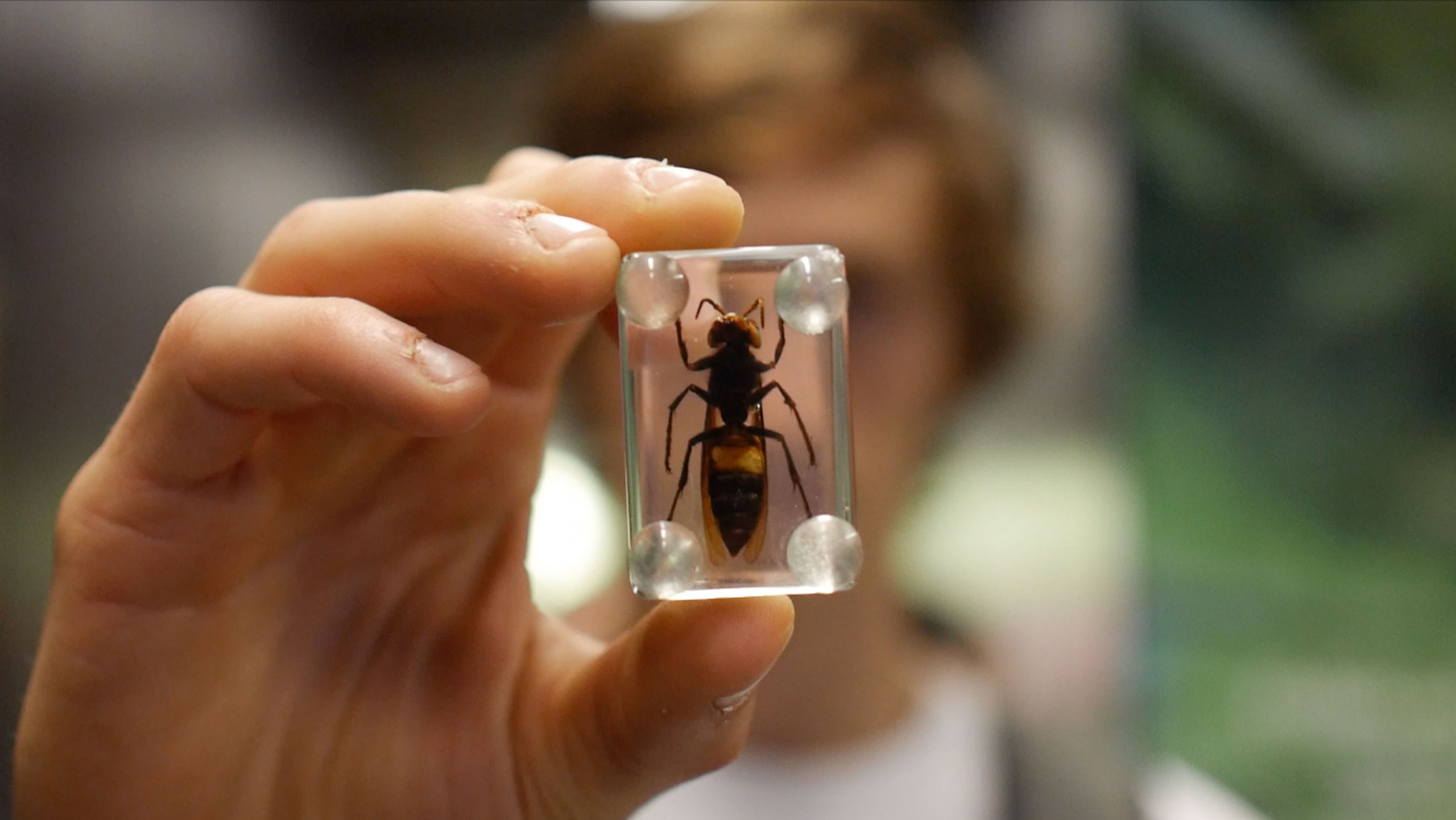
The specimens are divided into 500 permanent exhibits and six main subcollections – the Cowan Tetrapod Collection, the Marine Invertebrate Collection, the Herbarium, the Spencer Entomological Collection, the Fish Collection, and the Fossil Collection. We come across rare species such as the red panda, the endangered Vancouver Island marmot, and even extinct species such as the passenger pigeon.
In addition to specimens, the collection also includes 350 books and other printed materials relevant to the study of entomology.
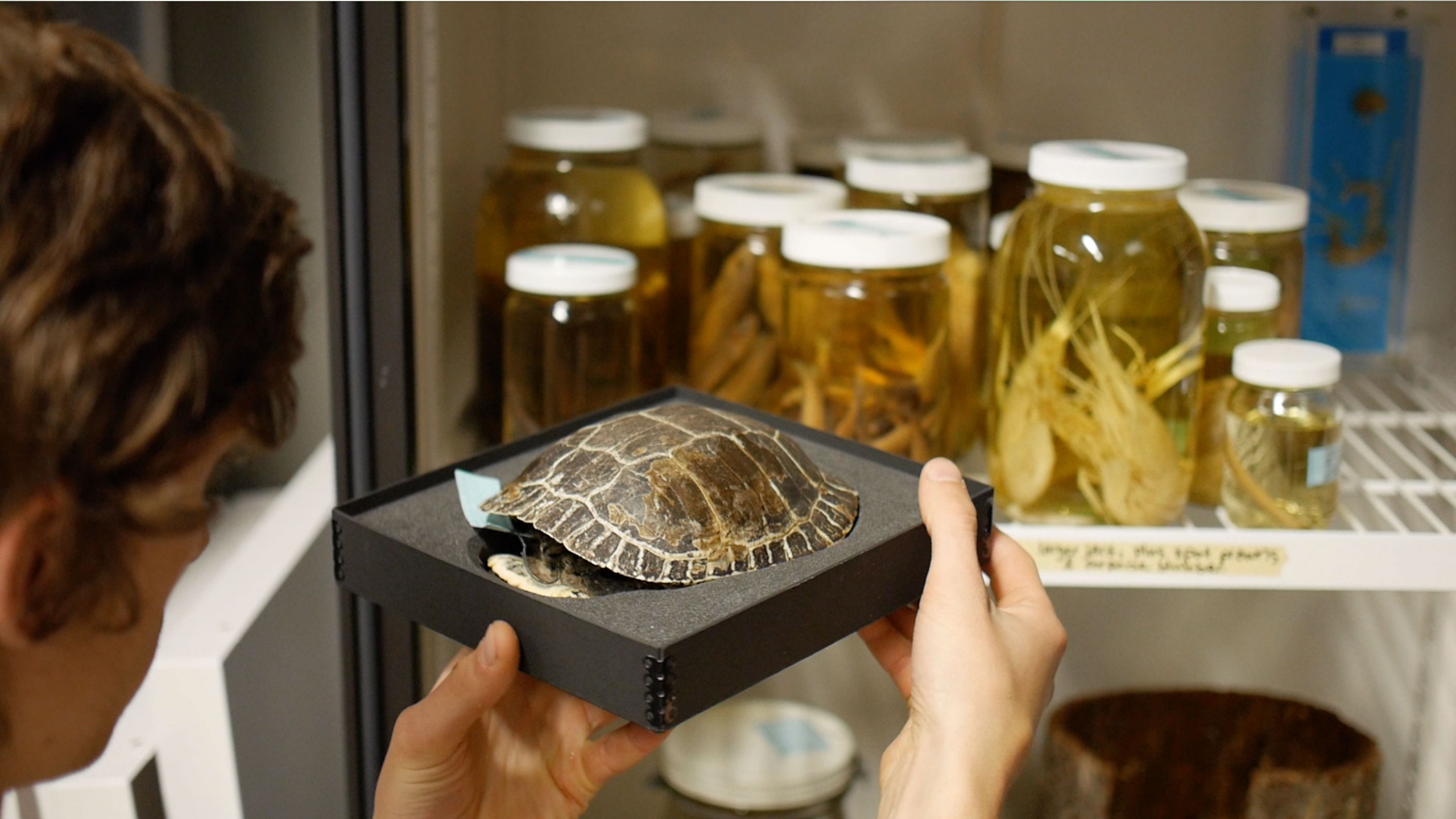
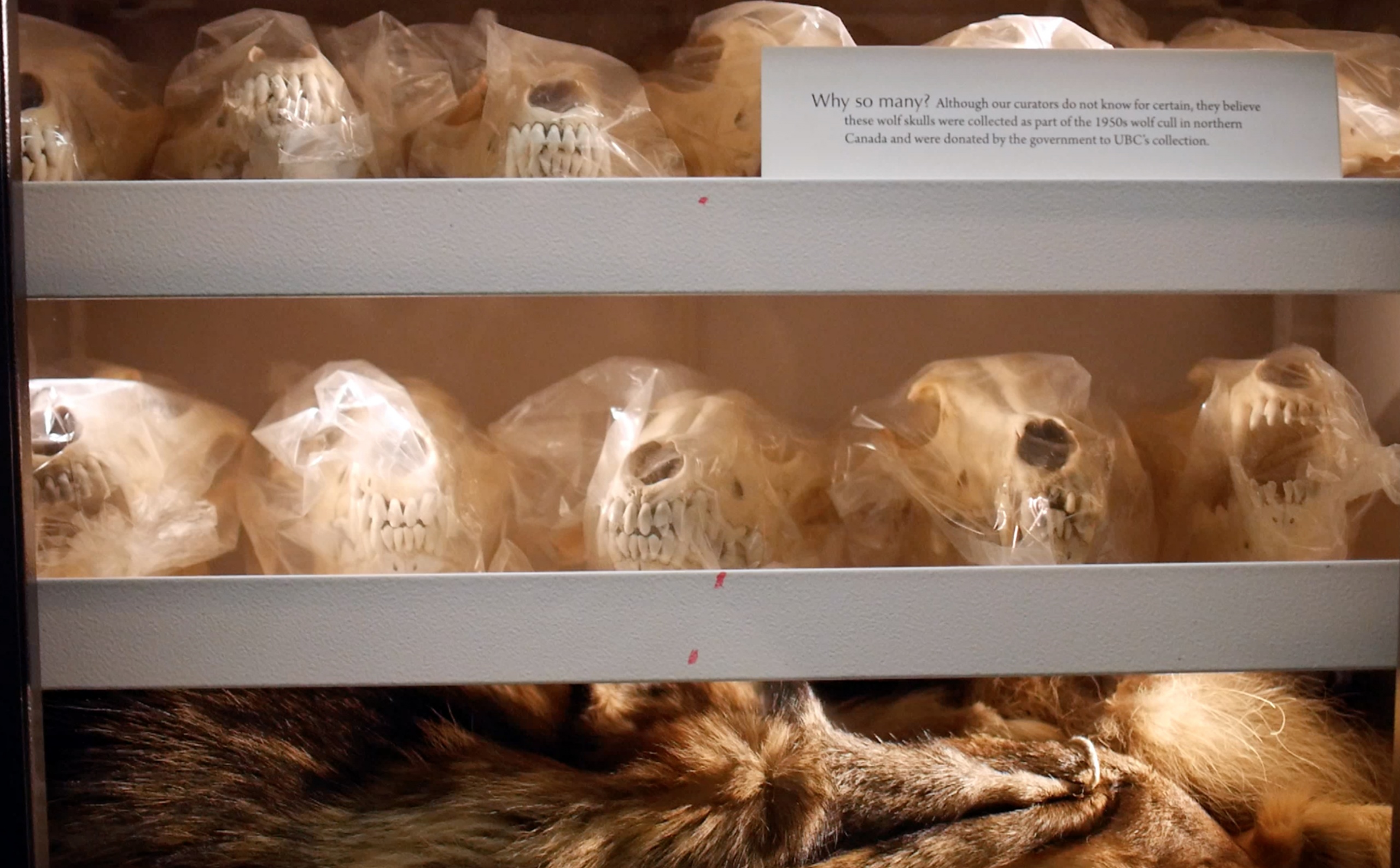
At the back of the collection we discover a cabinet full of wolf skulls, believed to have been collected as part of the 1950’s wolf cull in Northern Canada. This was a powerful reminder that this grand exhibition of skeletons, skulls and taxidermied skins are not only an educational tool, but also an important insight into the ever-growing number of organisms that are threatened with extinction.

Read more articles from our contributing authors and follow the project progress by signing up to the Under the Skin newsletter.